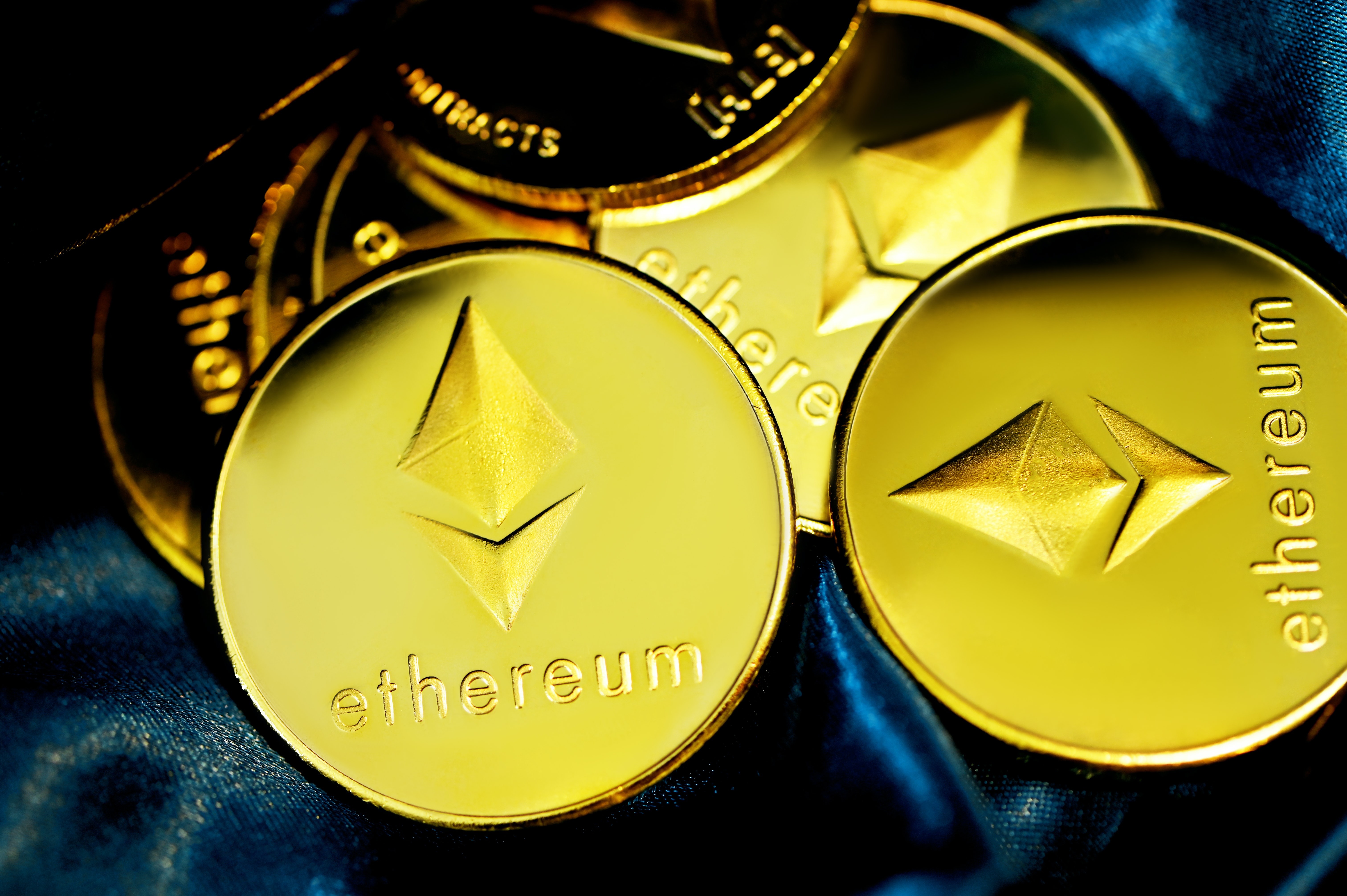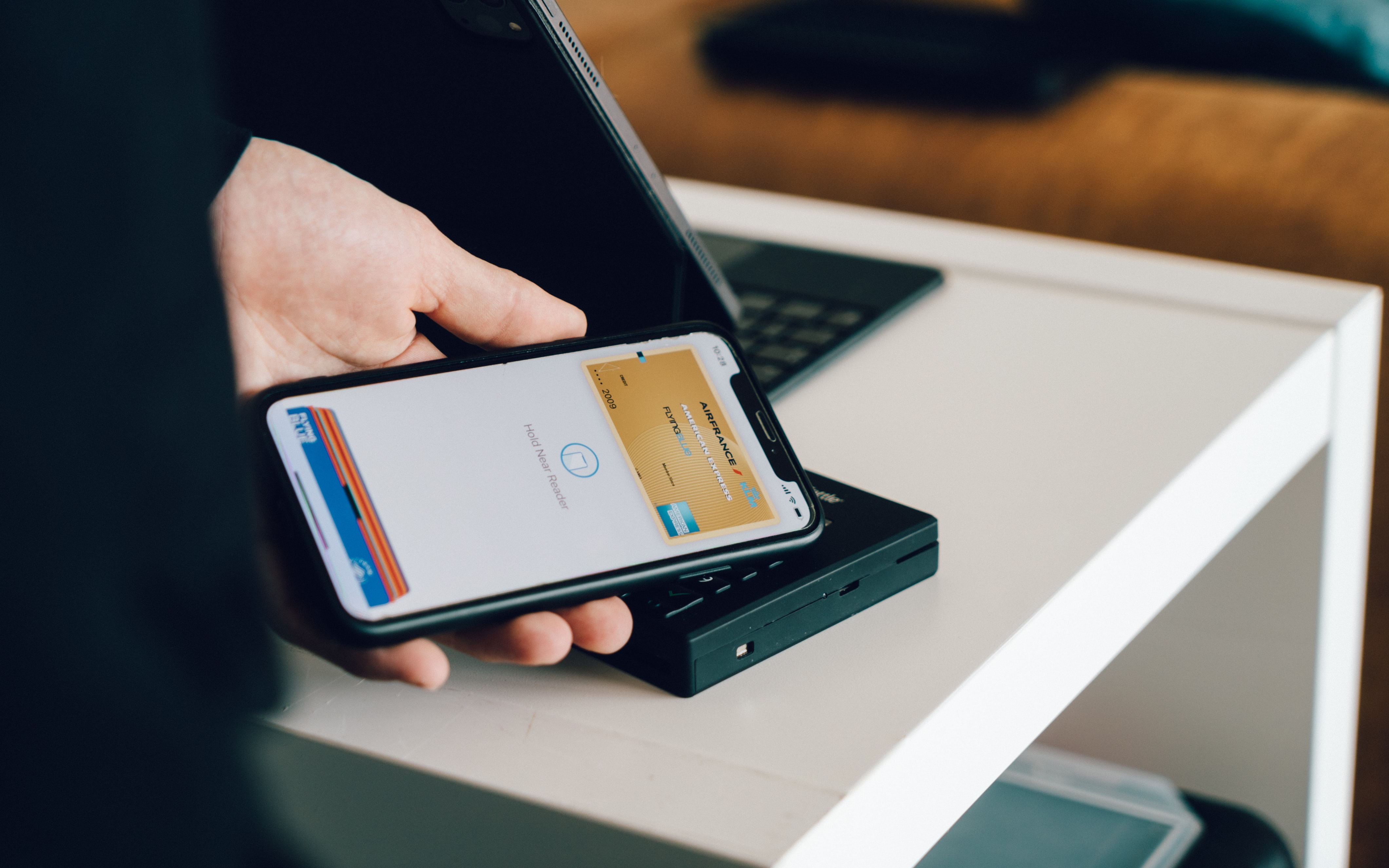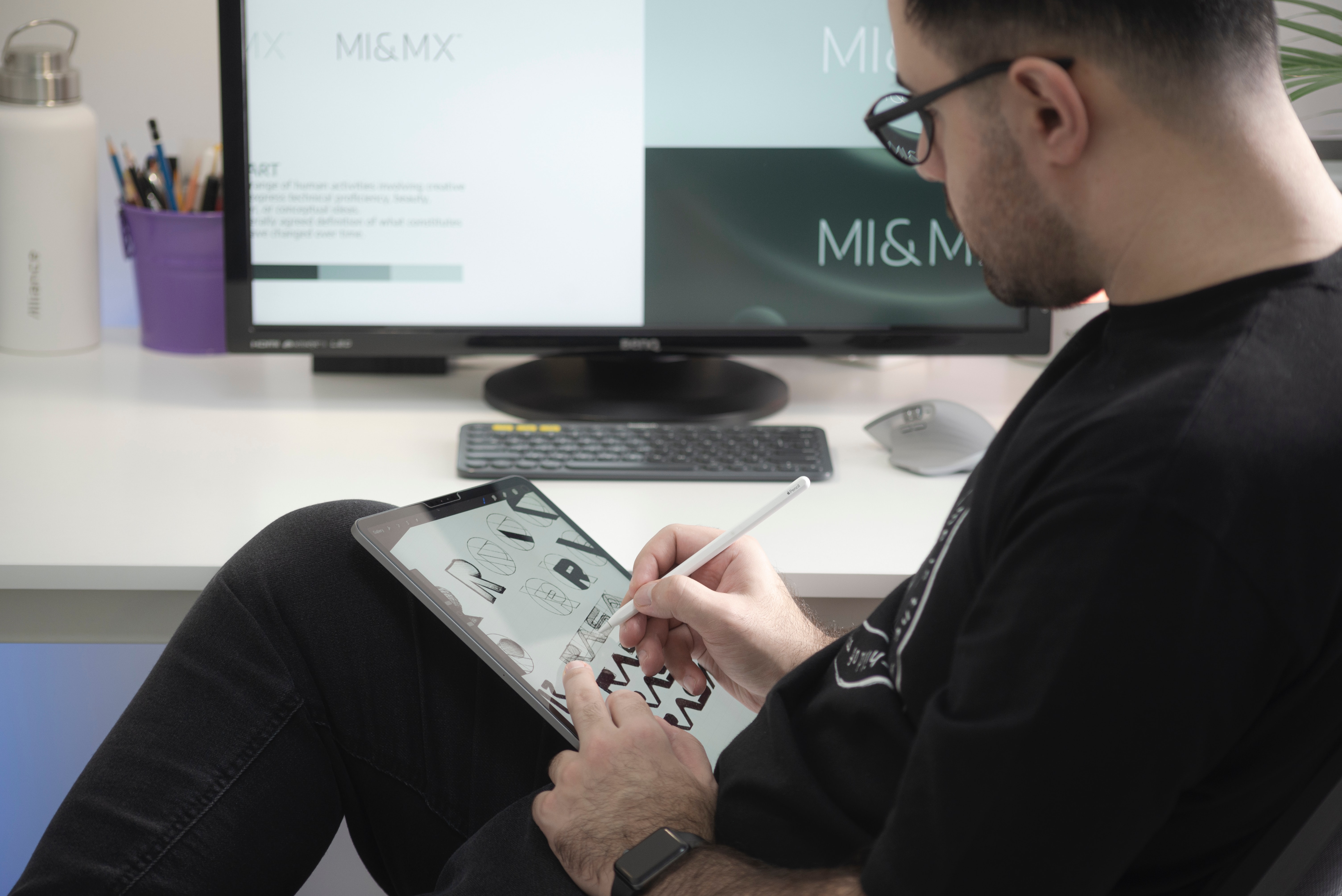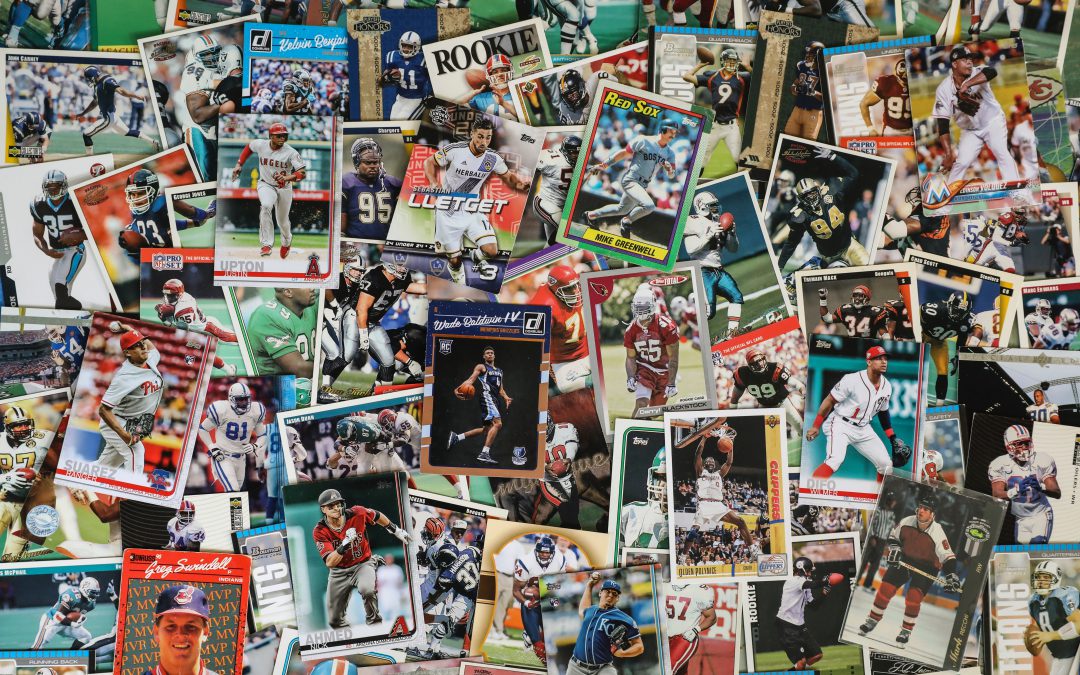The concept of Non-Fungible Token art has been a hot topic in the art world for the past few years.
But, wait a minute, what is a Non-Fungible Token?
An NFT- the acronym of Non-Fungible Token- means that it’s non-duplicable, it’s unique. Therefore, an NFT is sort of a digital certificate that proves that you own something authentic. That’s it.
It also means that the original piece you own can’t be replaced for another one, like a card collection, for instance.
In general, an NFT can be the authenticity certificate of any digital media – even tweets!-, including art in all of its forms. These digital certificates- now called tokens- are then loaded and tracked through a system called blockchain, where they can be bought, sold, and/or traded.
There are several blockchains, such as the Ethereum Blockchain. The blockchain is visible on the internet so everyone can have access to it to purchase or trade any token, without compromising the authenticity of the item.

What is the currency used in the blockchain system?
You might be wondering “how can I purchase/trade a token?”
Easy. With a cryptocurrency. Cryptocurrencies are digital currencies widely used in the blockchain ecosystem. Is the “money” used in the digital marketplace.
There are several cryptocurrencies out there. Amongst the most popular ones are Bitcoin and Ether (ETH)- which I’m sure you’ve heard before. The latter is the cryptocurrency used in the Ethereum Blockchain.
So, whenever you’re going to trade an art NFT you’re going to need an ETH to be the owner of that piece of digital art you want to purchase.
Now,
What kind of art can I tokenize to sell on the blockchain?
The answer is: anything. Seriously. Any kind of art is tokenizable nowadays. You’ll be surprised when you find out how many forms of physical art out there can be tokenized. Because art is unique, so anything considered a unique form of art can be minted into an NFT.
From a painting by Klee or a sculpture by Giacometti to a cinematographic piece made by a film director, anything that is considered an original and non-duplicable piece of art creates an enormous value in any market.
That’s why it’s so profitable.
These days, artists from around the world see the NFT marketplace as an exciting opportunity to showcase their unique works of art. The proof of authenticity makes the NFT an important asset for trading in the world of digital collectibles.
Once they’ve created a piece of art, they mint it or “tokenize” it to make it available on the blockchain. That way, the token becomes a one-of-a-kind digital asset accessible for anyone interested in trading it.
There are even tokens created with a built-in commission from which the artist profits every time the piece is resold, becoming an excellent source of income for artists.
To give you an idea, these are some examples of assets that can be minted into an NFT:
- Art (in every single shape or form)
- GIFs
- Videos and sports highlights
- Collectibles
- Virtual avatars and video game skins
- Designer sneakers
- Music
And, as I said before, even tweets are on the list. Jack Dorsey, co-founder, and CEO at Twitter sold his first-ever tweet for more than $2.9 million.

The process to tokenize art into NFT.
Tokenization or minting is the process in which you transform your physical art into digital art to make it available for trading on the blockchain.
If you’re an artist and would like to try the world of digital marketplaces, here’s a list of steps you need to follow to mint your physical one-of-a-kind piece of art into a digital one and launch it on the blockchain.
A growing number of entrepreneurs and investors are joining the digital asset economy every day and want to increase their liquidity through trading in the marketplace. Artwork transactions are reaching significant levels on today’s blockchains.
In fact, in recent years, the volume of virtual art sales has shown a significant increase, whether through auctions, fairs, or galleries of all sizes and scopes. Tokenization of these works to store and trade them via blockchain has become a more widespread practice among art enthusiasts and collectors.

Tokenization process for valuable works of art
The process of tokenizing a valuable work of art requires one or more certified specialists in the field to determine the value of the work. It should be noted that this aspect includes all legal documentation attesting to the ownership and legitimacy of the work in question.
The tokenization process begins when the price of the piece of art and its legal features have been determined in accordance with the standards set forth for this purpose.
This tokenization entails recording the data that unambiguously identifies the work, such as the artist’s name, the year in which the work was created, its classification within some category, style, or artistic trend, the work’s name, the estimated price, the number of tokens that the work reaches (the latter determines the reference price of each token), among other details required to accurately identify the work and, in turn, proliferate it.
After the data is recorded, the produced file is uploaded to the blockchain of choice, where the work data is permanently, immutably, and transparently recorded.

A tokenized work of art’s income and value
Tokenization aims to produce a token that not only symbolizes the worth of a work of art but also tokenizes the future revenue of the work’s author or owner, allowing token holders to observe how the token is revalued based on its sales.
Each work’s price is set in an objective and predictable manner. The price per square centimeter of the work, the artist’s popularity and acceptance, the artist’s CV, and the artist’s sales history are all aspects that go into determining the projected price of a piece.
When a sale occurs, the token holder receives a piece of the sale without having to wait for the work to be revalued, providing complete transparency to the art market’s swings.
One of the fascinating aspects of the tokenization of works of art is that it allows any interested parties to purchase tokens of the work, making them co-owners with everyone else who has acquired tokens.
This is in contrast to the trend in this market, which is dominated by the world’s wealthiest people, where the participation of those with limited financial resources in purchasing one of these works of art was unimaginable.
On tokenized art’s immutability
Tokenizing a piece of art creates a one-of-a-kind digital signature that cannot be changed. The digital token obtained is a one-of-a-kind work of art, and blockchain technology ensures that it cannot be duplicated or counterfeited. The token, on the other hand, can be partitioned into subtokens, each with its own signature.
The latter allows for the sharing of shares representing a certain work of art, and the owners of these sub tokens can use them to carry out their chosen trade operations.
With all of this in mind, it’s clear that the ability to tokenize a non-fungible asset in a unique way entails the ability to distribute ownership. This makes fundraising easier and allows the token’s value to be shared across a group of people.
Many people may find it weird because having one or more tokens representing a work of art does not always imply that the owner of the tokens can have the work displayed in his house or office for his family and friends to see.
The holding of these tokens entails the owner being credited with ownership of a portion of the piece of art. This fact is recorded indelibly and irrevocably in the related blockchain, which may be used to verify and validate such ownership. As a result, these tokens can be traded (bought/sold) or saved.

Case study
To put in a bit of context, one of our success stories is TheMusicianMarketplace.com project. It was born as an original idea to establish one profile for each artist, but each artist can list talents for any job they want.
For example, “John is a guitar player, a songwriter who is recording songwriting gigs, composes original music, resells his software, and sells his guitar instrument all in one place.
These music marketplaces are becoming more and more popular each day because of their multiple benefits. For instance, when your fans purchase your track as an Opulous Music NFT, they will receive a portion of the future revenues earned through streaming outlets.
Basically, with each NFT sold, artists may determine the price, kind of sale, and royalty split, and fans can unlock those royalties by simply promoting music on social media.
It’s a win-win situation for artists, fans, and investors, and it’s a whole new method for them to connect and communicate. Artists may make more money upfront by selling NFTs, while fans can make more money by supporting the music they love.
These new music marketplaces are a big step toward a healthier music industry, fueled by actual fans who support and profit from their favorite artists.
Conclusion
Now you know the step-by-step process of tokenizing your art and you can see how simple it is to create an NFT these days.
The first requirements must be carefully considered, mostly for planning and preparation purposes. NFTs are popular, although developing them can be challenging.
Simultaneously, the millions of people that trade NFTs raise worries about the cost of minting NFTs. However, the cost-effective minting of NFTs can be aided by a well-planned strategy that incorporates acknowledged best practices. Likewise, the availability of a varied range of platforms for creating NFTs appeals to enthusiasts.
Learn more about NFTs with us and start working on your own right now!

 Co-Founder & CEO @ Inmind - Blockchain & Mobile Expert | DAO / Tokenization / Web3 | CTO @ Brainstems (Former TIEX) | Board Member @ CUTI
Co-Founder & CEO @ Inmind - Blockchain & Mobile Expert | DAO / Tokenization / Web3 | CTO @ Brainstems (Former TIEX) | Board Member @ CUTI